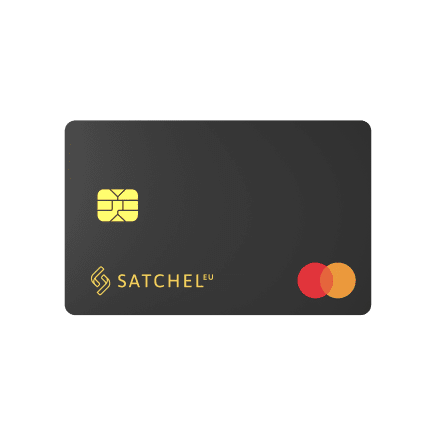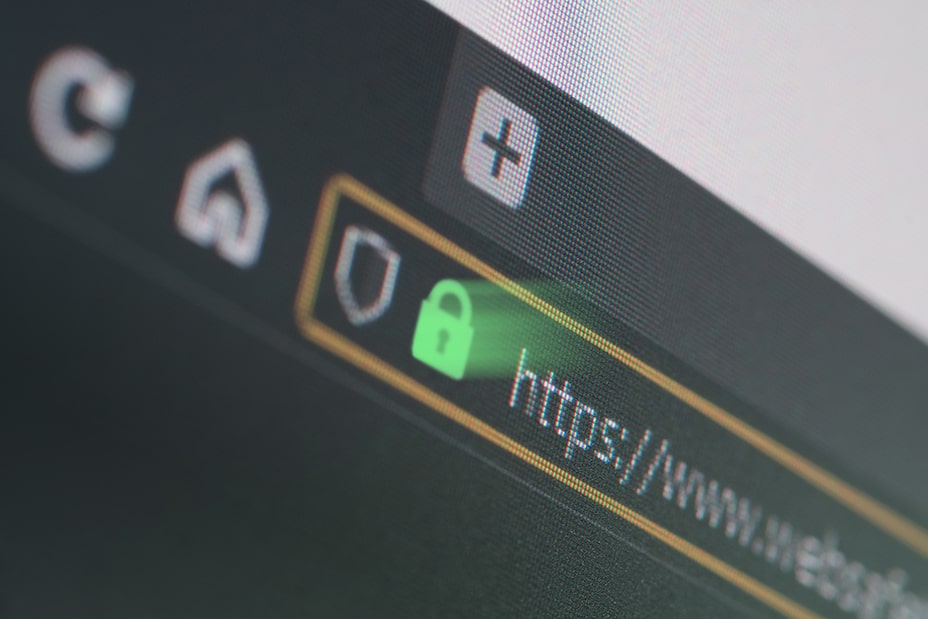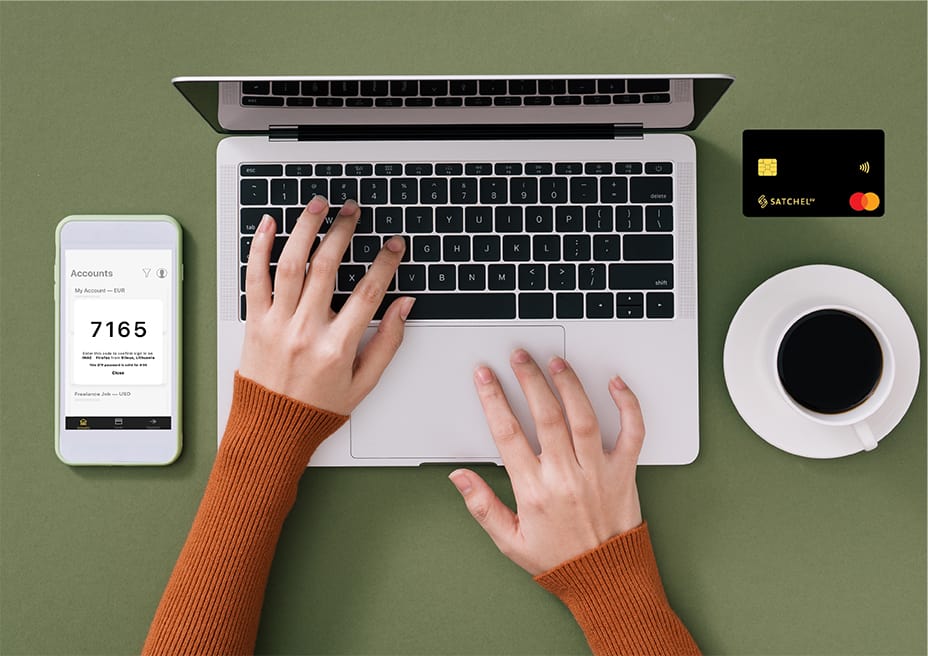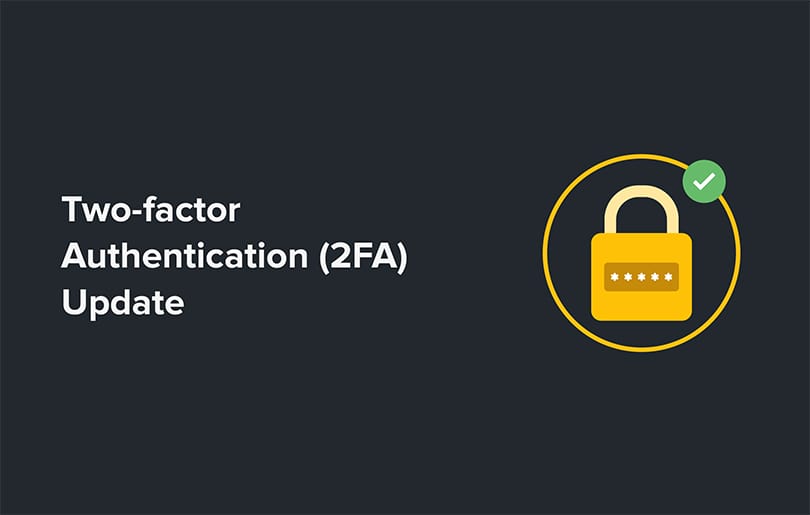How to Start Banking Online and Make Secure Payments

How do I get started with online banking?
Are you new to online banking? Wondering how to get started safely and efficiently? Let’s explore the world of digital banking and learn how to make online payments with confidence.
What Is Online Banking?
Online banking allows you to manage your payment account and perform financial transactions using the Internet, whether on your smartphone, tablet, or computer. It’s a quick and convenient way to handle tasks like bill payments and money transfers, all without the need to visit a physical branch of a financial services provider. You can now handle these tasks whenever and wherever you choose – at home, at work, or on the go. You can access online banking either through a web browser on any device or a mobile app.
While the range of services can vary among institutions, most modern financial institutions offer essential features such as transfers, bill payments, and payment cards (debit / prepaid, virtual / plastic). However, it’s important to note that online banking via EMI (electronic money institution) usually doesn’t allow certain transactions like loans, bank drafts, or specific wire transfers. For these, you’ll still need to refer to a traditional banking institution with a physical presence.
Digital-Only Banking
Some banking providers operate entirely online, without any physical branches. They offer low-cost online banking options, competitive yields on savings accounts, and provide innovative tools to help manage your finances. Most of these digital financial institutions operate as EMIs.
While these online-only banking providers might not give users direct ATM access, they mostly allow customers to use ATMs of other financial institutions and the ones located at retail stores. They may even reimburse you for some of the ATM fees charged by other financial institutions. But overall, the reduced overhead costs of not having physical branches enable online banking providers to offer significant savings on service fees.
How to make online payments?
To begin using online banking, you’ll need to become a client of a digital banking institution. With numerous options available, it’s essential to do some research and compare fees to find the one that best fits your needs. You will be able to choose between various account options, including business, personal and freelancer. For business purposes a corporate account is also available in digital banking.
Prepare a list of required documents. For instance, when opening a personal or freelancer account with Satchel.eu, only two documents are required:
- Your passport or ID;
- Proof of address (a utility bill not older than 90 days from your country of residence) or a reference letter from your financial institution or account statement.
The most significant challenge for non-EU residents is often providing proof of address, but this is not an issue with Satchel.
Once you’ve gathered the necessary documents, you can submit your application online. Fill out a short form, complete the verification process, and await the welcoming onboarding email. You’ll typically have two ways to access your account: via the app and the web client office.
If you need a payment card, you can order either a plastic or a virtual one. Once you have your card and are onboard, you’re all set to enjoy digital banking. You can send and receive money in different currencies (even receive your salary payments), shop online, pay bills, and track your expenses using the statements available on your smartphone and web client office at all times. All you need is an Internet connection and a device – whether it’s a smartphone, tablet, or computer.
How to Pay Bills Online?
Making payments via e-money providers is typically straightforward and user-friendly. Here’s a general guide on how to make it:
- Login to Your Account: Start by logging in to your account using the mobile app or web client office. If you don’t have an account yet, apply first.
- Navigate to Payment Options: Once logged in, locate the payment or transfer options. This may be labeled as “Payments,” “Transfers,” “Send Money,” or something similar.
- Enter Payment Details: Provide the necessary information for the payment, such as the recipient’s name, account number, account details, payment amount, and any required references or memos.
- Verify the Payment: Review the payment details to ensure accuracy. Digital banking providers often incorporate security measures like two-factor authentication (2FA) for added safety.
- Confirm the Payment: Once you’re certain the details are correct, confirm the payment. Some financial institutions may require you to enter a verification code sent to your registered email or phone.
- Payment Notification: After the payment is processed, you should receive a confirmation notification.
Remember, the exact steps might vary based on the digital banking platform you’re using, and new features or updates may slightly alter the process. If you’re unsure, check the financial services provider’s help section or contact customer support for specific instructions related to payments.
With these insights, you’re ready to embark on your digital banking journey. Stay secure, enjoy convenience, and make the most out of online banking.
Bon voyage on your digital financial adventure!








